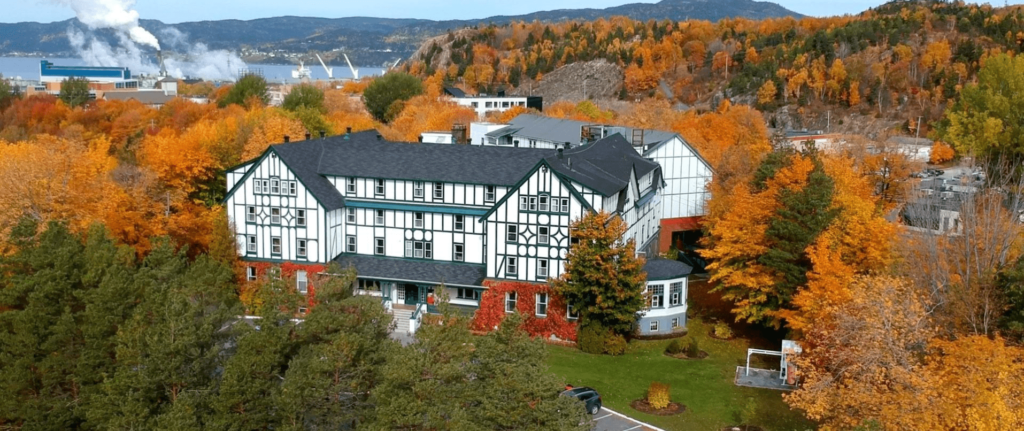Beginnings
Early in the 1920s, the Armstrong-Whitworth Company Limited of England decided that their senior staff required living quarters that would enable them to feel at home while they were supervising the construction of what was, up to that time, the largest project ever undertaken in the history of papermaking.
A spot was reserved for the inn on the outskirts of Corner Brook between the town and the paper mill.
In 1923, Mr. Andrew Cobb, a Halifax architect designed the Tudor-Style “Staff House” and in his honour, the street leading to it was named Cobb Lane.
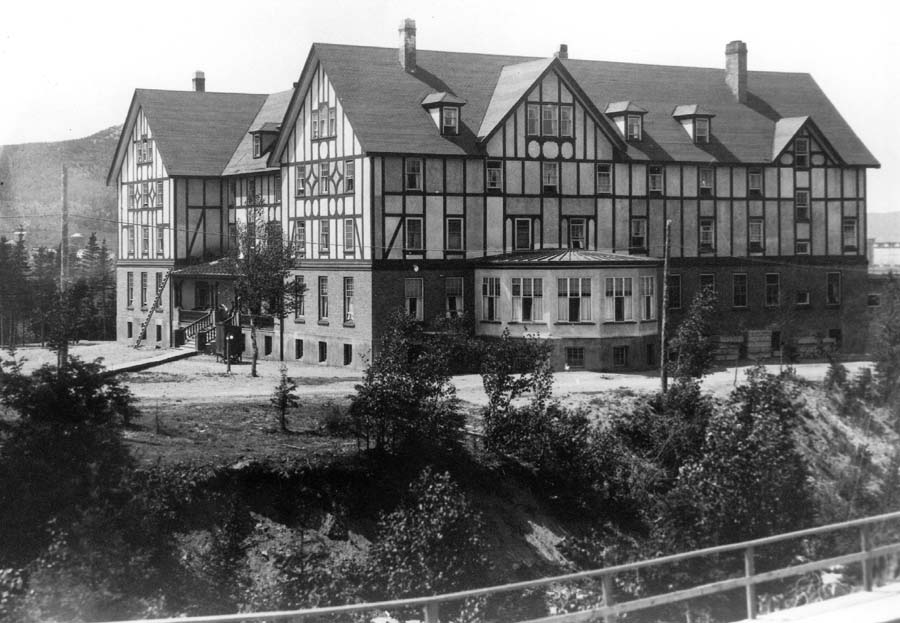
When the paper mill became operational in 1924, the staff quarters became a hotel.
Glynmill Inn, the Newfoundland Pulp and Paper Company’s executive guesthouse, was designed to be a hotel with a lounge, or lobby, a dining room, and guest rooms.
On May 16, 1924, Mr. Bill Cossitt and three employees of Pickering & Watson, water and sewage contractors from Halifax signed the register.
Three weeks later, the first dinner was served.
On June 30, 1924, Sir Glyn West, Chairman of Armstrong-Whitworth Company Limited, officially opened the hotel.
The amenities provided at the Inn were very advanced for the period. There were two dining areas, The Carriage Room, and a special private dining room for VIPs.
There were also two bars, The Tudor Room and a special club called Blomidon, for members only.
The tennis courts at the rear of the building were later replaced with a parking lot and a well-stocked livery. There were also modern conveniences such as a laundry and vacuum cleaners!
Since the proprietors also owned the source of power at Deer Lake, there was an apparent inexhaustible supply of electricity.
The newly constructed building was partly destroyed by fire on January 30th, 1929 but was quickly rebuilt.
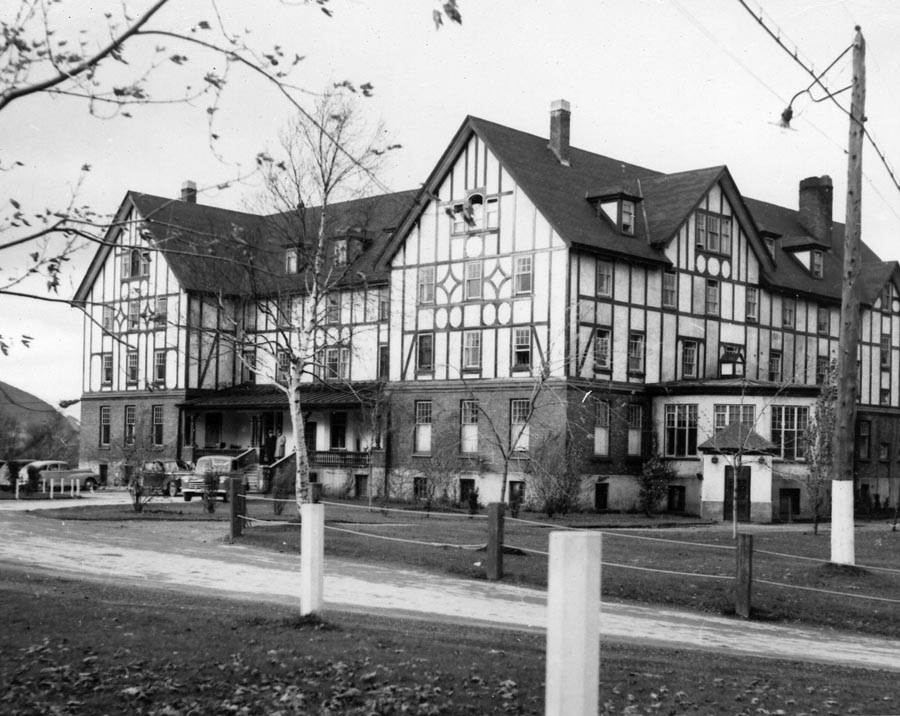
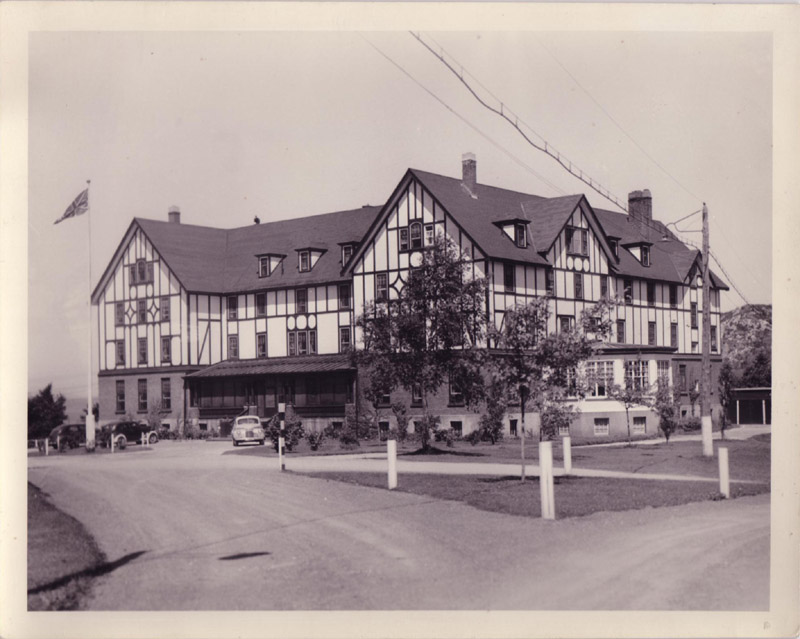
Role in the Community
Over the years, the hotel has welcomed many important persons including Princess Anne, Andrew the Duke of York, Edward the Duke of Wessex, Sir Eric Bowater, visiting heads of state, and various premiers of Newfoundland and Labrador.
In addition, the inn has served as a focal point for many local organizations.
Few people realize the impact and role of The Glynmill Inn in Corner Brook. Many organizations can trace their origins back to meetings held here.
Bowater’s first General Manager, Mr. H. M. S. Lewin, organized a branch of the British Auxiliary Navy meetings, and first navigation classes were held at The Glynmill Inn.
The Marble Mountain Ski Club rented a room on the third floor as a “Men’s Club” as early as 1925 and the Blomidon Country Club originated here.
The first Girl Guide Company convened during the 1940s in the space now occupied by The Wine Cellar.
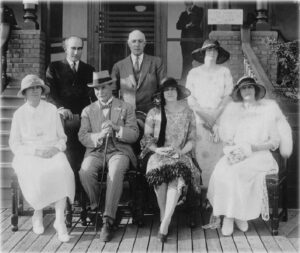
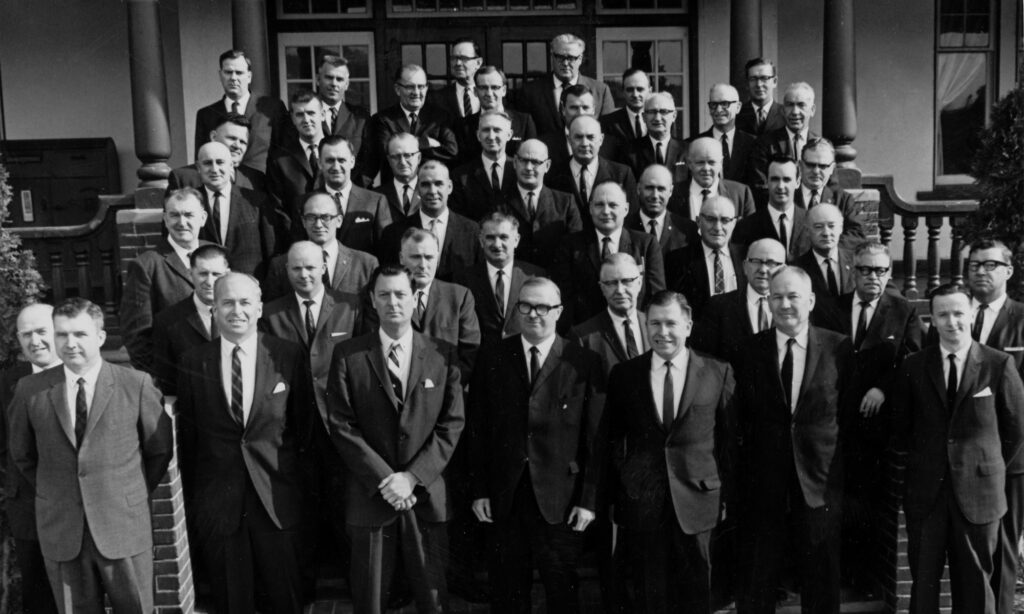
In the early 1950s, the first adult education classes for the area took place here.
Ever since its inaugural dinner in 1956, the Rotary Club of Corner Brook has had its regular luncheon meetings at The Glynmill Inn.
Recent History
In 1974, the property was acquired by Atlantic Inns Limited.
Incorporated into the original structure, was an additional wing with 30 modern guest rooms, banquet, and convention facilities.
In 1994 renovations were started to upgrade the hotel and modernize interior features for business and travelling customers. The result is a property that reflects a contemporary spirit, yet retains a rich traditional heritage.
March 31, 2001, The Heritage Foundation of Newfoundland and Labrador designated The Glynmill Inn a Registered Heritage Structure.
Legacy
The Glynmill Inn has achieved landmark status in the community of Corner Brook and is certainly the town’s best-known building.
The Glynmill Inn is possibly the finest building of its type in Western Newfoundland, and one of the best examples of a Tudor-inspired building in the province.
The original Tudor Style half-timbering is still in place.
The interior design was influenced by the Craftsman Style and remains relatively intact with few alterations.
